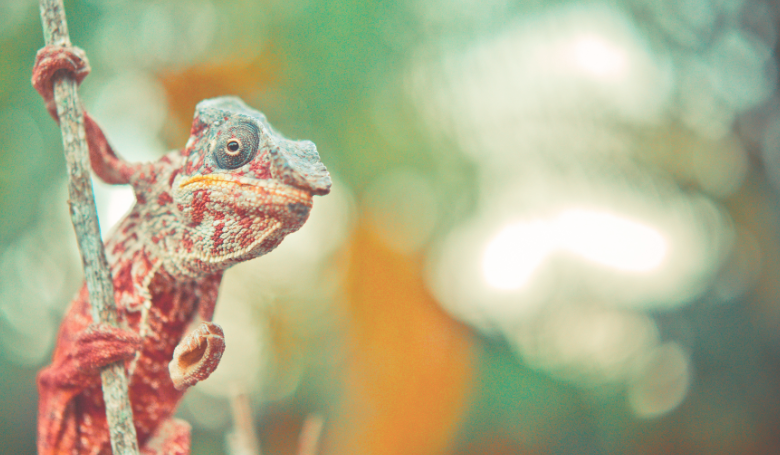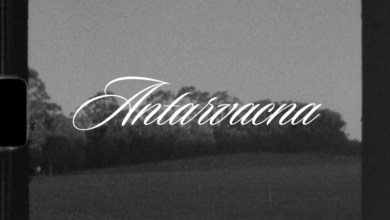Where can you find the large venomous lizard 4 and 7 letters ?
large venomous lizard 4 and 7 letters

Large venomous lizards may sound like something out of a technology fiction movie, large venomous lizard 4 and 7 letters however they’re very a good deal a reality. These charming creatures, whilst rare, preserve a unique vicinity inside the animal kingdom. Understanding those lizards isn’t the simplest essential for our safety but also for the conservation of these regularly misunderstood animals.
Large venomous lizard 4 and 7 letters
Overview
The Komodo dragon, with its astonishing size and amazing venom, is arguably the most famous of the massive venomous lizards. Found predominantly on some Indonesian islands, this lizard is a pinnacle predator in its environment.
Habitat
Komodo dragons thrive in dry, warm climates and are often observed in grasslands, savannas, and tropical forests.
Diet
These carnivores have a various eating regimen that consists of invertebrates, birds, and mammals. They are regarded for their potential to take down big prey which include deer and water buffalo.
Venom and Hunting Strategy
Komodo dragons use a combination of venom and microorganism in their saliva to subdue prey. The venom causes shock and forestalls blood clotting, at the same time as the bacteria cause severe infections, ensuring the prey is weakened or killed if it manages to break out first of all.
Gila Monster (4 Letters)
Overview
The Gila monster is one of the simplest venomous lizards native to North America. It is effortlessly recognizable by way of its extraordinary black and orange or pink patterned pores and skin.
Habitat
Gila monsters inhabit the deserts of the southwestern United States and northern Mexico. They prefer arid environments with lots of hiding spots.
Diet
Their weight loss plan especially includes small mammals, birds, eggs, and carrion. They have a slow metabolism and may live on a few massive foods a yr.
Venom and Its Effects
Gila monsters deliver venom through grooves of their enamel. The venom is a neurotoxin that causes intense pain, swelling, and paralysis in prey. While painful, their chunk is not often deadly to humans.
Beaded Lizard (4 Letters)
Overview
Closely associated with the Gila monster, the beaded lizard is any other venomous species discovered in Mexico and Guatemala.
Habitat
Beaded lizards are typically observed in dry, forested regions and like rocky outcrops wherein they can bask within the sun and locate shelter.
Diet
Their weight-reduction plan is just like that of the Gila monster, such as small mammals, birds, eggs, and now and again bugs.
Venom Mechanism
Like the Gila monster, beaded lizards use grooved teeth to inject venom. Their venom has been studied for potential scientific applications, especially in managing diabetes.
Varanus (7 Letters)
Overview
The genus Varanus consists of a wide variety of monitor lizards, lots of which own venom glands. The Komodo dragon is the most well-known member of this genus.
Types inside the Genus
There are over 70 species in the Varanus genus, ranging from small tree-dwelling species to the huge Komodo dragon.
Habitat
Monitor lizards can be observed in a lot of habitats, from arid deserts to lush rainforests, throughout Africa, Asia, and Oceania.
Diet
They are opportunistic feeders with diets that encompass insects, small mammals, birds, and carrion. Larger species, just like the Komodo dragon, can take down plenty bigger prey.
Venom and Predation
Monitor lizards use their venom to subdue prey, and their sharp claws and powerful jaws cause them to be ambitious hunters. The venom varies in efficiency among species however generally helps in immobilizing prey.
Heloderma (7 Letters)
Overview
Heloderma is a genus that consists of the Gila monster and the beaded lizard, each of which are known for his or her venomous bites.
Types inside the Genus
The genus includes species: the Gila monster (Heloderma suspectum) and the Mexican beaded lizard (Heloderma horridum).
Habitat
These lizards are tailored to dry, desert environments and are commonly located within the southwestern United States and Mexico.
Diet
Heloderma lizards in most cases eat eggs, small mammals, birds, and occasionally different reptiles.
Venom Properties
Their venom includes a combination of proteins that cause pain, swelling, and different consequences. Research into their venom has led to the development of medicine for diabetes and other conditions.
Evolution of large venomous lizard 4 and 7 letters
Historical Context
Venom in lizards is an evolutionary variation that has developed over thousands and thousands of years. It gives a substantial advantage in shooting and subduing prey.
Evolutionary Advantages
The development of venom lets these lizards tackle large prey and gives a protection mechanism in opposition to predators. This adaptation has helped them live to tell the tale and thrive in diverse environments.
Lizard Venom Composition large venomous lizard 4 and 7 letters
Chemical Makeup
Lizard venom commonly carries enzymes, proteins, and other compounds that cause diverse consequences inclusive of pain, blood clot inhibition, and muscle paralysis.
Effects on Prey and Predators
The primary motive of lizard venom is to immobilize and pre-digest prey, making it easier to devour. It additionally serves as a deterrent to capacity predators.
Interactions with Humans
Bites and Symptoms
Bites from venomous lizards can cause excessive pain, swelling, and in some instances, greater serious signs and symptoms like paralysis or allergic reactions.
Treatment and First Aid
Immediate medical interest is vital if bitten by the way of a venomous lizard. Treatment commonly entails ache management, wound care, and monitoring for intense reactions.
Conservation Status large venomous lizard 4 and 7 letters
Threats to These Species
Habitat destruction, climate change, and illegal natural world exchange pose huge threats to these lizards.
Conservation Efforts
Various conservation packages intend to shield these lizards via habitat preservation, anti-poaching efforts, and breeding packages.
Myths and Facts
Common Misconceptions
Many human beings consider all lizards to be risky or that venomous lizards are competitive. In reality, they may be generally shy and keep away from human contact.
Interesting Facts
Venomous lizards play an essential position in their ecosystems with the aid of controlling pest populations and contributing to biodiversity.
Comparisons with Other Venomous Animals
Snakes
While each uses venom, snakes have more potent venom and more efficient transport systems.
Spiders
Spider venom is likewise fantastically specialized, with a wide variety of outcomes depending on the species.
Scorpions
Scorpion venom by and large serves to immobilize prey and defend towards threats, just like lizards.
Role in Ecosystem
Predatory Role
Venomous lizards help hold stability of their ecosystems with the aid of preserving prey populations in test.
Impact on Biodiversity
Their presence supports a numerous variety of species by contributing to the complex net of predator-prey relationships.
Future Research Directions
Areas of Study
Future research may additionally cognizance of the scientific applications of lizard venom, which include developing new painkillers or treatments for illnesses.
Potential Medical Applications
Venom from lizards has already proven promise in treating situations like diabetes, and ongoing research may also discover extra uses.
FAQs
Are all large lizards venomous?
No, now not all large lizards are venomous. Only some species, just like the Komodo dragon and Gila monster, have venom.
How risky are those lizards to human beings?
While their bites may be painful and motivate critical signs, venomous lizards are typically not aggressive in the direction of human beings and bites are rare.
Can venomous lizards be kept as pets?
It is not advisable to maintain venomous lizards as pets due to the risk of bites and the specialized care they require.
What should you do if bitten by a venomous lizard?
Seek immediate clinical attention, keep the affected limb immobilized, and try to live calm to slow the spread of venom.
How are we able to shield these lizards from extinction?
Support conservation efforts, defend their herbal habitats, and fight illegal flora and fauna alternate to assist hold these species.
Conclusion
Understanding huge venomous lizards, from the Komodo dragon to the Gila monster, is famous for the splendid diversity and adaptability of those creatures. Their venom, at the same time as dangerous, holds capacity benefits for clinical technological know-how. Conservation efforts are crucial to ensure those specific lizards continue to thrive in their herbal habitats.



